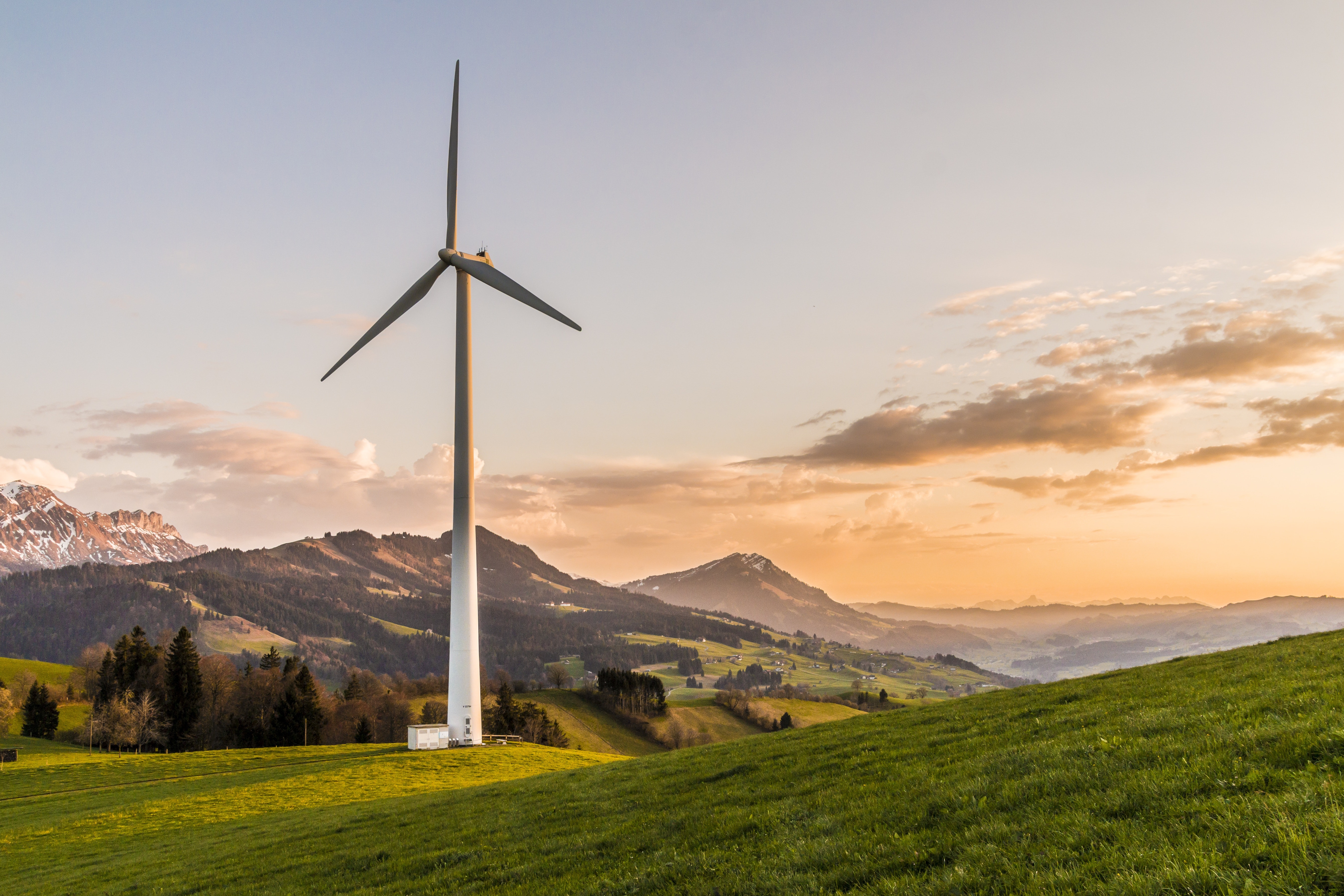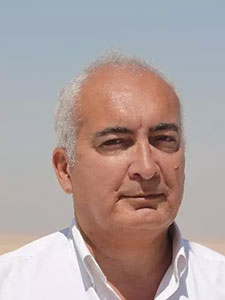Guest Blog: The Impact of Technology Convergence on Clean Energy
Written by: Jolie Brimm
 Investing in clean energy benefits industries in several ways. The World Economic Forum states that it creates jobs for people in times of economic distress such as global health crises. Green investments develop more near-term careers compared to projects involving fossil fuel use. Another benefit is that it reduces businesses’ and sectors’ dependence on fossil fuels. As a nonrenewable resource, fossil fuels will eventually be depleted. Reducing its use allows for better conservation and environmental contribution.
Investing in clean energy benefits industries in several ways. The World Economic Forum states that it creates jobs for people in times of economic distress such as global health crises. Green investments develop more near-term careers compared to projects involving fossil fuel use. Another benefit is that it reduces businesses’ and sectors’ dependence on fossil fuels. As a nonrenewable resource, fossil fuels will eventually be depleted. Reducing its use allows for better conservation and environmental contribution.
These transformations are fortunately rapidly taking place, with the book The Future Is Faster Than You Think outlining how this may impact the world within the next decade. In the book, Greek-American engineer Peter H. Diamandis and journalist Steven Kotler find that technologies like artificial intelligence (AI) and robotics are developing far more quickly than expected. As a result, these greatly influence how we live—specifically, how industries operate. Here are a few ways technology is impacting clean energy:
It reduces energy waste and carbon emissions
Clean energy should not be wasted. Wasteful consumption is a terrible practice for industries and businesses, but technology prevents this. AI in smart energy monitors can connect to establishments’ energy meters and collect power consumption data. Aside from this, it identifies when and where energy wastes occur. With this technology, people in charge immediately address the causes of waste and prevent further misuse.
In the oil and gas industry, AI, machine learning, and advanced analytics monitor and analyze machines in real time for operational effectiveness. With these tools, oil and gas operators can identify and resolve machine issues contributing to carbon emissions. For example, AI can determine how to reduce gas flaring during oil extraction, reducing harmful CO2 emissions.
It optimizes energy systems
In line with preventing energy waste is the efficient use of clean energy. Ensuring that necessary groups receive adequate energy is essential for industries to operate smoothly. A Frontiers in Energy Research study notes that the Internet of Things (IoT) is contributing to clean energy sharing by connecting energy data to the network, and optimizing the energy system. With this technology, businesses distribute energy more efficiently across different groups.
The energy supply chain also benefits from AI and the IoT. Geothermal power plants use the IoT in predictive failure diagnoses and performance monitoring. Sensors detect signs and alert operators of system failures when equipment is in use. These promote geothermal energy’s utilization, proving that it can be a reliable energy source. In the long run, this can serve as a win for carbon neutrality, as geothermal energy is renewable and has a low carbon footprint.
It helps carbon capture become more efficient
Carbon capture, utilization, and storage make decarbonization possible by capturing CO2 before it is released into the atmosphere. CO2 is then transported through a pipeline to be stored underground. The problem here is the danger that comes with CO2 transportation. CO2 is highly corrosive, so pipeline leaks result in groundwater contamination.
Professionals use digital twin representations—virtual models representing pipelines in real-time—to address this issue. They monitor CO2 transportation and pipeline conditions through exception-based surveillance. This way, leak detections and pressure and temperature changes are addressed before they cause more extensive damage.
It increases access to energy storage and supply
The development of electric vehicles is revolutionary. Rechargeable cars are reducing fossil fuel consumption and are currently being examined as a source of energy. In his book Renewable Energy: Ten Short Lessons, climate change and energy professor Stephen Peake states that electric vehicles have the potential in becoming a mass source of electricity storage and supply due to bidirectional charging. This allows electric vehicles to absorb power from the grid and supply others. For instance, electric school buses in the summer could store energy for the communities during power outages. These buses can also deliver energy to remote areas with limited power.
In mining, companies are looking toward renewable energy and battery projects to power their activities. Because mining operations are remote and not connected to the electrical grid, they garner energy from transported fossil fuels. Delivering fossil fuel to remote locations is not only expensive but also a contributor to carbon emissions. Using renewable energy stored in large-scale batteries removes their dependency on harmful fossil fuels.
Our post ‘Energy Transition Stories to Help Navigate Your Future Career’ emphasizes that the transition to clean energy will take time. However, these technological advancements are making the process quicker and more efficient for industries and society.
About the Author: Jolie Brimm is a UK-based freelance writer who enjoys writing feature articles on the latest in technology.
